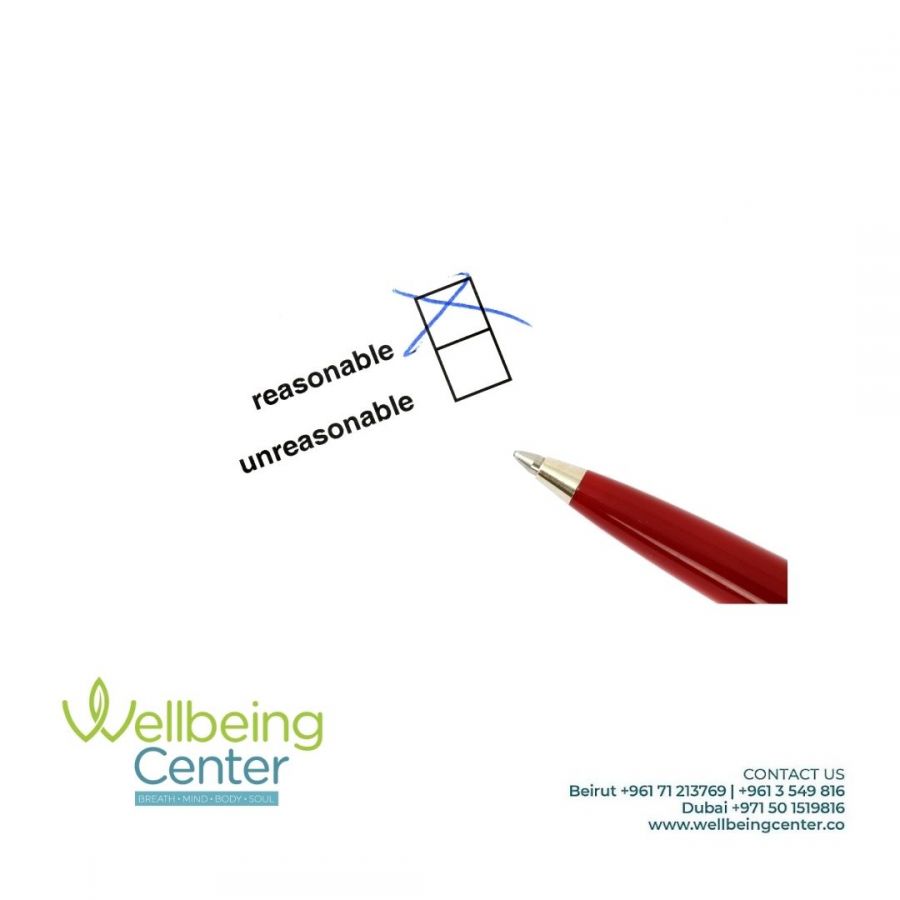How To Be More Reasonable

You can achieve greater coherence in our own views and you can move toward greater civility and agreement with others if you engage in a deliberative process called “reflective equilibrium.”
In a nutshell, reflective equilibrium is a method of testing your judgments vis-à-vis your moral principles and, where a disjuncture is found, tweaking your convictions and principles so that all fit together more snugly and more intelligently.
Step One
Start by bringing to mind one of your most strongly held convictions. You might be so convinced of some of your views that you can’t imagine re-examining them. These are exactly the ones to take another look at: you will likely hold those views even after due reflection, but your commitment to them may be helpful in developing your thinking about analytically similar issues and lead you to surprising conclusions.
Beliefs you embrace reflexively in a moment of weakness or without giving them due consideration aren’t yet ripe for the method of reflective equilibrium. Only “considered judgments” should be on the examination table. This implies that you should have very little confidence in judgments you arrive at quickly and without adequate study, or when you are emotionally wrought or distraught.
Step Two
Develop your set of considered judgments, and achieve “narrow reflective equilibrium”. Here is the basic procedure:
- Elucidate the principle (or principles) behind your considered judgment.
- Ponder the meaning and implications of that principle (or those principles) for relevantly similar issues/cases.
- Consider whether you have good reason to agree with the implications of the principle(s) that informed your original judgment.
- If you are troubled by the implications of the principle, you have two choices: revise your principle(s); or adjust one or more of your considered judgments to fit the principle(s).
